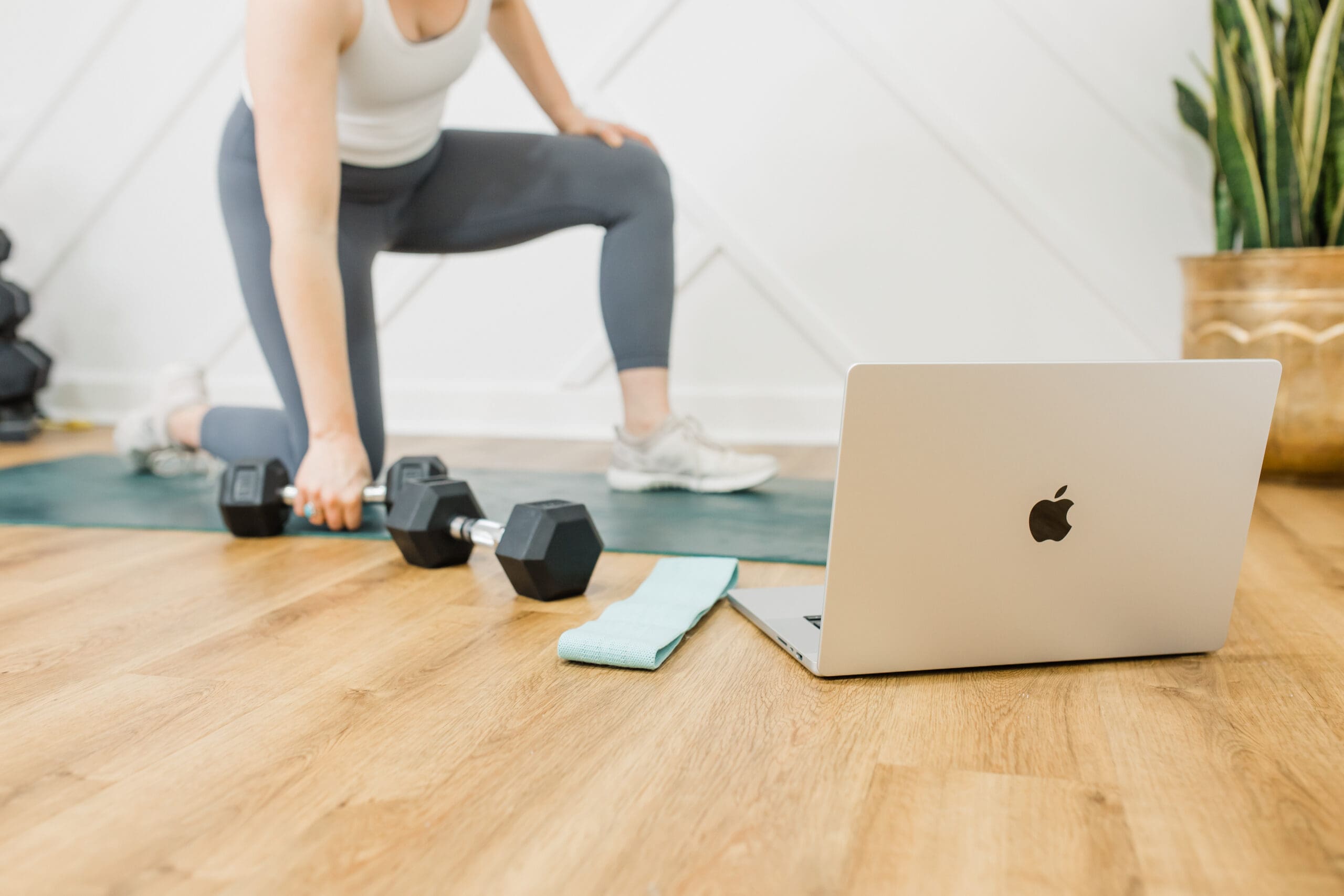Exercise-Induced Anxiety: What it is and How to Stop it
Episode 18: Spotify | Apple Podcasts | YouTube
View transcript on Buzzsprout
Exercise is supposed to help with anxiety, right? So why does it make yours worse?
In this episode, Amanda dives into the lesser-known reality of exercise-induced anxiety. You’ll learn the physiological reasons behind why some workouts mimic panic, how body-based memories play a role, and what you can do to move your body without triggering your nervous system.
What We Cover in This Episode
- Why intense exercise can mimic anxiety symptoms
- The role of the vestibular and limbic systems in panic
- Three theories behind exercise-induced anxiety
- A real-life client case study and personalized recovery strategy
- Tools to regulate before, during, and after your workouts
Why Does Exercise Trigger Anxiety?
You’ve probably heard: “Exercise reduces anxiety.”
And for many people, that’s true. But for others? Exercise triggers panic attacks, racing thoughts, and lingering dread for hours after a workout. The root of this experience lies in how the body interprets physical sensations.
When you exercise, you sweat. Your heart pounds. Your breathing quickens. These are the exact same physiological cues your body associates with anxiety.So when your body enters “flight mode” during a workout, your brain might go: Uh-oh, we’ve been here before. And it responds accordingly—even if there’s no actual threat.
The Nervous System Connection
Your vestibular system (which manages movement and balance) works closely with your limbic system (which controls emotion and survival response). When one is activated, the other often follows. That’s why movement-heavy workouts can ignite your nervous system in the same way emotional threats do.
And your nervous system doesn’t always distinguish between stress that you choose (like a bootcamp class) and stress that is imposed (like a panic-inducing event).
Three Theories That Explain Exercise-Induced Anxiety
1. Symptom Association Theory:
If your first experience with shortness of breath or a racing heart was during anxiety, your body might associate exercise-induced symptoms with danger.
2. Stress Load Theory:
When your baseline nervous system is already overstimulated by life stressors, adding physical intensity can push it over the edge.
3. Performance Pressure Theory:
For former athletes or people with perfectionistic tendencies, high-stakes environments (even fitness classes) can trigger anxiety rooted in past coaching, competition, or body-image pressures.
Case Study: How One Client Navigated Exercise Anxiety
Client “J” loved her group fitness class—until panic started showing up. Despite the social benefits and enjoyment, her anxiety was spiraling.
After pausing the class and switching to low-intensity movement (walking, yoga), she gave her nervous system space to recalibrate. Then she reintroduced the class with new tools:
- Intentional regulation before and after class
- A game plan if anxiety showed up (bathroom breaks, breathwork, self-compassion)
- Permission to leave early if needed
Within two months, she was back in class consistently—without anxiety hijacking the experience.
How to Regulate Around Exercise
- Bookend your workouts: Check in before. Reset after.
- Modify intensity: Some days require gentler movement.
- Adjust your environment: Choose spaces where you feel safe, not scrutinized.
- Experiment with modalities: Not every workout needs to be high intensity to be effective.
- Address caffeine and pre-workout supplements: These can mimic anxiety symptoms.
Three Tangible Takeaways
- One Size Doesn’t Fit All: Just because exercise helps someone else manage anxiety doesn’t mean it will help you. Your nervous system history matters.
- Avoidance Isn’t the Answer: Completely skipping movement reinforces anxiety. Instead, experiment with type, intensity, and environment.
- Get Personalized Support: There is no generic solution. Working with a therapist or coach can help you identify your root cause and create a sustainable path forward.
Looking for more personalized support?
- Book a FREE discovery call for RESTORE, our 1:1 anxiety & depression coaching program (HSA/FSA eligible & includes comprehensive bloodwork)
- Join me inside the Regulated Living Membership, a mental health membership and nervous system healing space (sliding scale pricing available)
- Join my Release Class – Monthly guided nervous system regulation class
- Order my book, Healing Through the Vagus Nerve today!
- Download free resources here
*Want me to talk about something specific on the podcast? Let me know HERE.
Disclaimer: This article is for informational purposes only and is not a substitute for professional medical advice, diagnosis, or treatment. Always seek the advice of your physician or qualified mental health provider with any questions you may have regarding a medical condition.

Leave a Reply Cancel reply
A mental health newsletter that feels like a deep breath: simple, grounding, and here to remind you that healing is possible.
The Weekly Rewire
Navigate
Regulated Living provides neuroscience-backed mental health coaching to help you regulate your nervous system and reclaim your life from anxiety and depression.
Heal
Learn
Paragraph